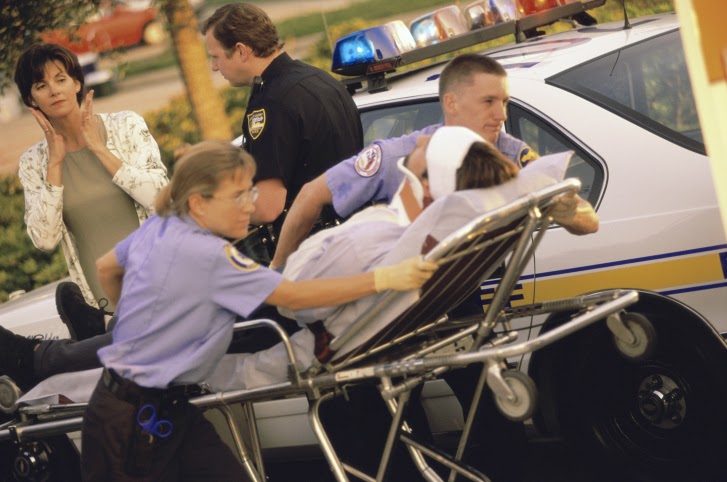In a perfect world, there would never be a need to prepare for an emergency. Unfortunately, emergencies and accidents happen, so it’s crucial to plan ahead to ensure that you are as prepared as possible. There are a number of simple things you can do to ensure that if something does happen, first responders will know who to contact on your behalf and have information necessary to help treat you.
First, it’s helpful to put a card or slip of paper with emergency information in your wallet where paramedics and doctors can easily find it if needed. In addition to contact information for family members or friends who you would like to be contacted in case of emergency, the American College of Emergency Physicians recommends using the acronym “MAD” when considering what information to include:
- Medicines: Medications and supplements you are currently taking
- Allergies: Any known allergies (including both medications and food)
- Doctors: Contact information for your health care provider(s)
Other important information includes any health problems or medical conditions you may have. You can create your own card or take advantage of free, online templates many organizations provide to easily generate a printable card. Examples are available here and here.
Another helpful suggestion is to program your cell phone with an ICE (In Case of Emergency) contact. If you are unconscious, many first responders and emergency room staff members have been trained to check your cell phone’s address book for this information.
To do this, alert the person(s) you have selected that they are your ICE contact(s) and provide them with the important information discussed above. Then add their name and telephone number to your cell phone’s address book, entering “ICE” before their name (ie, ICE-Dad). You can also prioritize multiple contacts for responders by putting a number behind the word “ICE”, such as ICE1-Dad, ICE2-Robert.
Many people prefer to keep their phones locked for security reasons. While that’s a good practice to keep your phone safe, it can prevent responders from accessing the ICE information in your phone. To address this, you can add emergency information to your phone’s lock screen wallpaper manually or download one of a number of smartphone apps designed to do this (ICE (In Case of Emergency) is one example).
Experts recommend both carrying a hard copy of important information as well as adding it to your phone, as this increases the chances someone will be able to find it when needed. By being prepared if an emergency does happen, you can help ensure that first responders and emergency room providers have the information necessary to help you.
While the above recommendations are beneficial for everyone, it’s also important to wear medical alert bracelets or necklaces if you have certain conditions like diabetes, epilepsy, certain allergies (such as penicillin), and others. This provides emergency personnel and medical providers with critical information necessary to treat you appropriately and effectively. Talk to your doctor to determine if you should consider wearing a medical identification item.
For Health Advocate Members
If you’re a Health Advocate member, call your Personal Health Advocate to discuss what information might be appropriate for your medical history card or to schedule an appointment to talk with your doctor about medical alert identification items.
